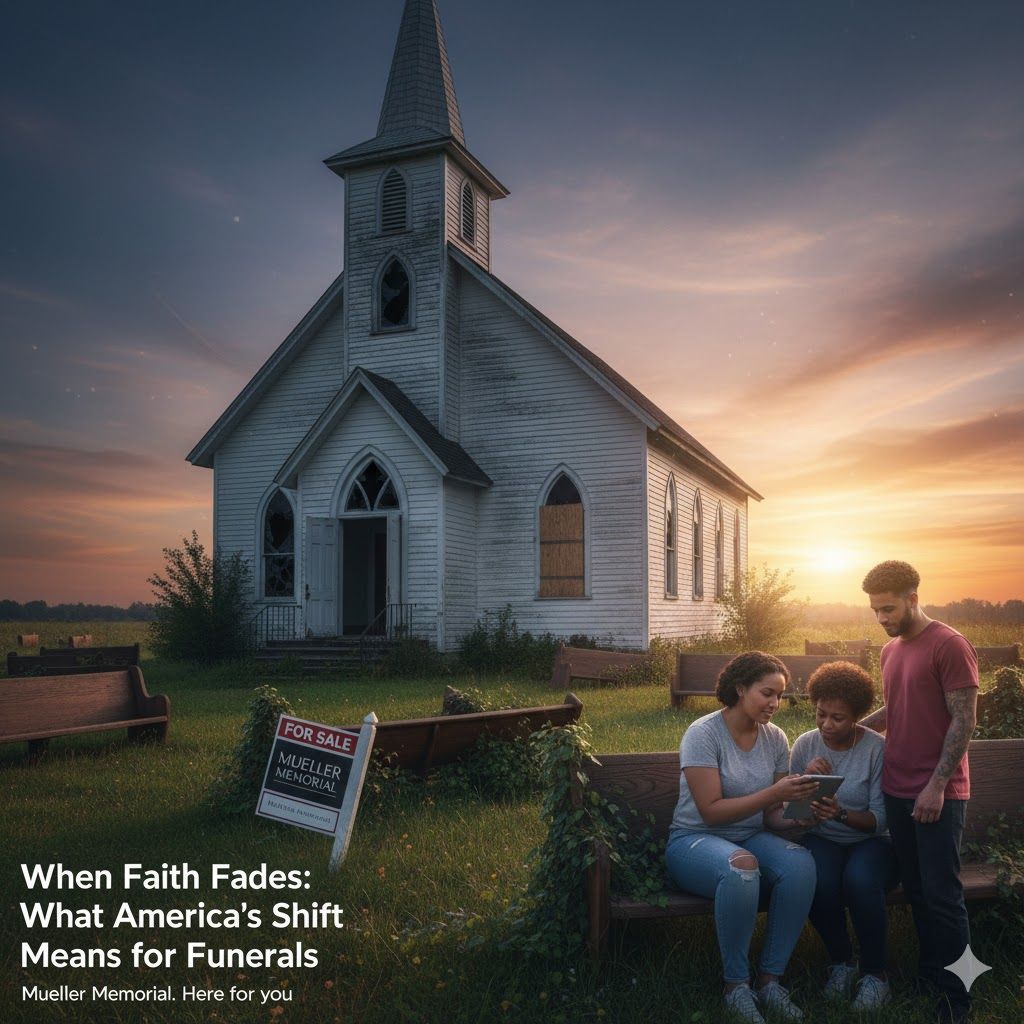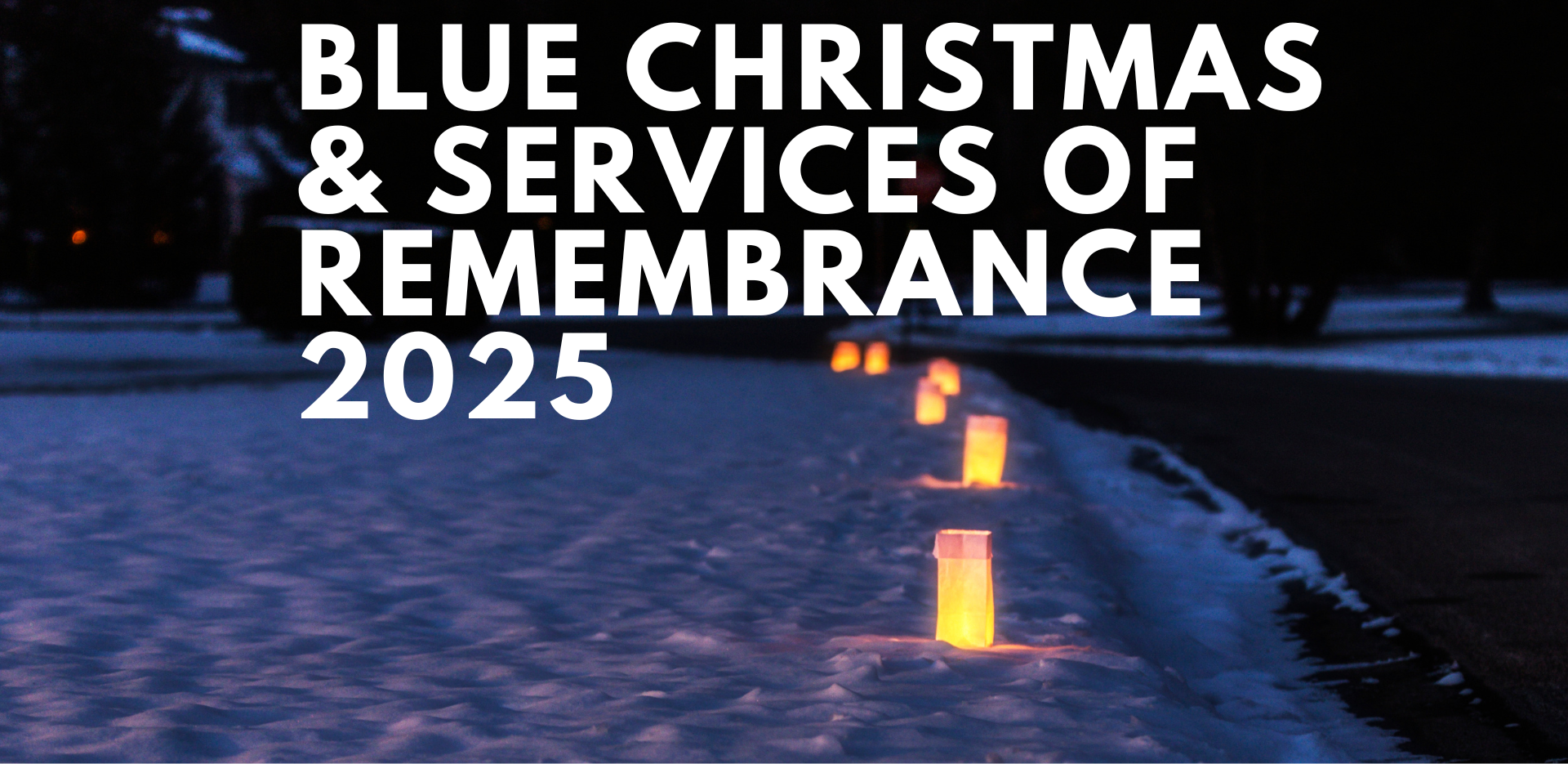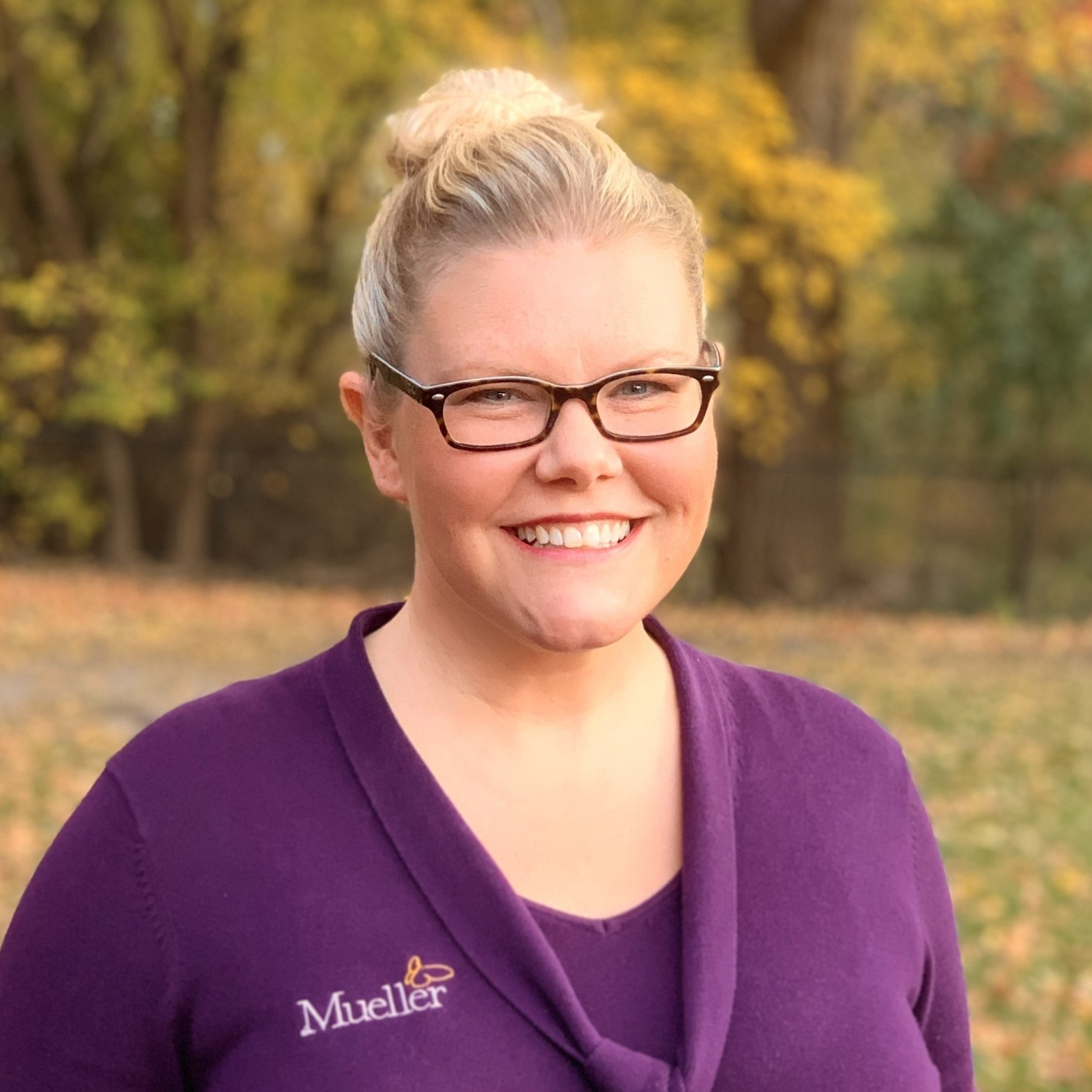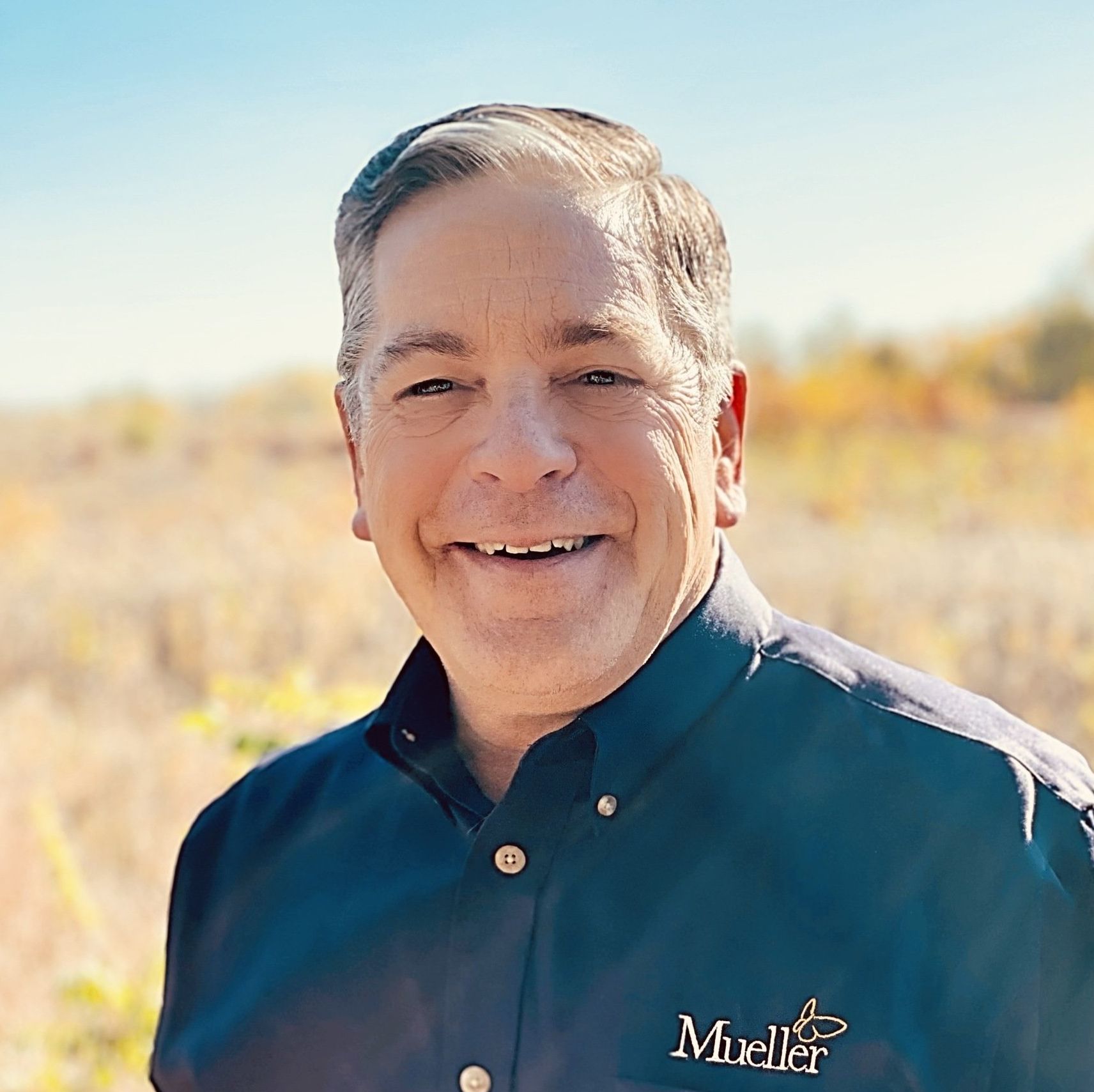Post Election Grief 2016
Many people In America are celebrating today, Election Day +1, many people are not.

There are several well-researched, well-known and respected theories of how grief works, but today we’re going to take a look at Theresa Rando’s “Six R Processes of Mourning.” (1993)
There are six processes (which not surprisingly all begin with R) that are categorized into three phases, Avoidance, Confrontation, and Accommodation. Take a look at the model and see if you can’t find some things that are ringing true for you today. Though it sounds a little morbid, you could quite easily insert “Hillary Clinton’s candidacy” for “the deceased” or “the person who died,” and it becomes very relevant.
Avoidance Phase
1) Recognize the loss – acknowledging the death and understanding the death
Confrontation Phase
2) React to the separation – experiencing the pain, feeling identifying, accepting, and expressing reactions to the loss. Identifying and reacting to secondary losses–what else did you lose beyond the primary loss?
3) Recollect and re-experience the deceased and the relationship: this requires realistically reviewing and remembering the deceased, as well as reviving and re-experiencing feelings.
4) Relinquish old attachments to the deceased and the old assumptive world.
Accommodation Phase
5) Readjust to move adaptively into the new world without forgetting the old world: this mans developing a new relationship to the person who died, adopting new ways of being in the world, and establishing a new identity
6) Reinvest. Putting emotional energy into new people, goals, etc.
Do you see how this might translate into the context of your candidate losing a major election?
Now, this model has the fault, as many grief models do, of being linear–as if these things happen in a perfect sequence. The reality though is we tend to bounce around a bit so just because you’re “reinvesting” and drawing purpose from the loss one minute doesn’t mean later that day you won’t be “reacting to the separation” again. This is just a model, not a rule book.
And as we like to say, as long as you’re not hurting yourself or someone else, you can’t do grief wrong.
If you’re happy today, congratulations. If you’re sad today, I hope this helped.







